Clan Cunningham website announces jubilantly, "We are no longer a broken clan!".
Indeed there is now a Chief of the Name and Arms of Cunninghame (sic) which, after 218 years without one, is good news.
A chief-less clan is often cited as 'broken'. But I wonder if members of Clan Cunningham knew we were a 'broken clan' before we ceased to be one? Of the 324 Scottish clans or families within which individuals have coats of arms recorded, only 121 currently have a chief, as recognised by the Lord Lyon. It does sound a little dramatic to suggest that the rest are 'broken'!
Historical documents often use the phrase 'broken men', also known as thieves, vagabonds, caterans, 'unanswerable men' and 'clanless men'; men who, in a subsistence agricultural society, have lost their land, perhaps due to a larger clan taking over their traditional clan lands. These men, without the protection of a chief, without any source of income, relied on their wits, turned to crime and were a constant problem to the authorities in Edinburgh. A look through the Records of the Parliaments of Scotland to 1707 gives 49 references to 'broken men' and the resulting problems. Interestingly there is not a single reference to a 'broken clan'.
Amongst the several Acts for the "repressing of the insolence of the barbarous people and broken men of the highlands", only one clan is specifically mentioned: "that wicked race and name of the Glengregor, notorious villains and malefactors". The MacGregors were displaced from their clan lands by the Campbell Earl of Argyll but they never lost their chief. The present chief is Sir Malcolm MacGregor of MacGregor Bt., much respected convenor of the Standing Council of Scottish Chiefs.
So what is a 'broken clan'?
Subscribe to:
Post Comments (Atom)










































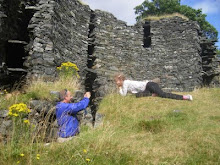
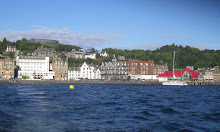
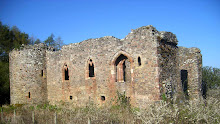
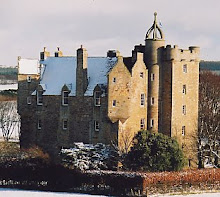
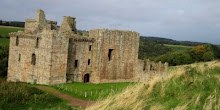



No comments:
Post a Comment